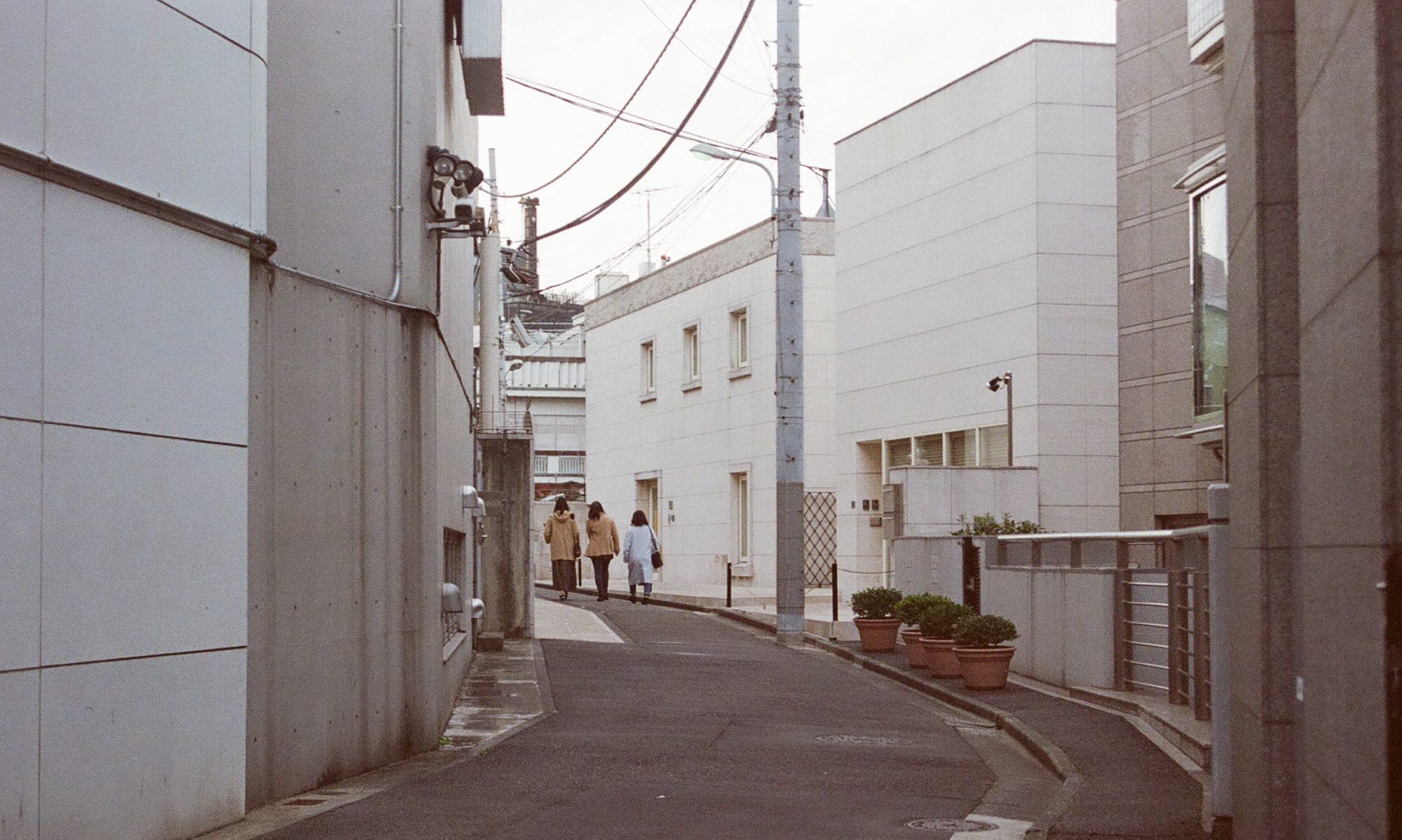Recap of Concept
“Project Dream” explores the gap between unconscious and reality. Our project is a space that recreates the different stages of sleep through various systems. A projection “showing” collected dreams will be played.
First draft:
Flow Chart
Our initial plan included a chair installed in the centre of the room, facing the projection, as a point of action that the user can make.
When the user enters the dark space, the alarms are turned on. The user can choose to sit down, which will trigger the projection to play. The alarms will go off when the specified time has passed and the alarm sounds will trigger the projection and LED lights in the room to flicker. When the alarms are turned off, the LED lights remain on and the projection is off. No further change in the space would serve as an indication for the viewer to leave.
Mid-term Project Review – BODY STORMING
Recommended Arduino Experiments:
Due to our inexperience with Arduino, we tried 2 experiments from the projects book.
- Light Theremin: Piezo buzzer is activated by the amount of light received by the photo-resistor. For our review, we switched the buzzer for a LED light to indicate the projection.
- Digital Hourglass: Sets different timers indicated by LED lights, the breadboard has to be flipped to reset the system (“turning the alarms off”)
Process in midterm project review:
The viewer enters the room and the timers (alarms) of the digital hourglass is triggered. When the user sits down on the chair, the light the photo-resistor receives changes, triggering a projection to play “dreams” [when the LED light of the light theremin project goes off and video is played]. After a certain time passes, the alarms go off [when the LED lights of the digital hourglass turn on] and triggers a response from the projection and lights in the space. When the user turn the alarms off [flipping the breadboard], the system resets.
Feedback
- Unpredictability of the user: “What if the viewer does not sit on the chair?”
- Focus on Narrative – What information or image do you want to present to the viewer?
- Systems are too complicated – How can you guarantee that the user will follow each action?
CHANGES TO BE CONSIDERED:
– Instead of using a chair as a point of action, we are considering the use of a measure (heart-rate or motion) to trigger the projection.
> for example, if the heart-rate reaches a constant, it will trigger the projection to play
– Instead of a video, we can use text to represent a dream through story-telling.
> Using processing to collect dreams and display them
– Build an alarm system that can be turned off and reset




